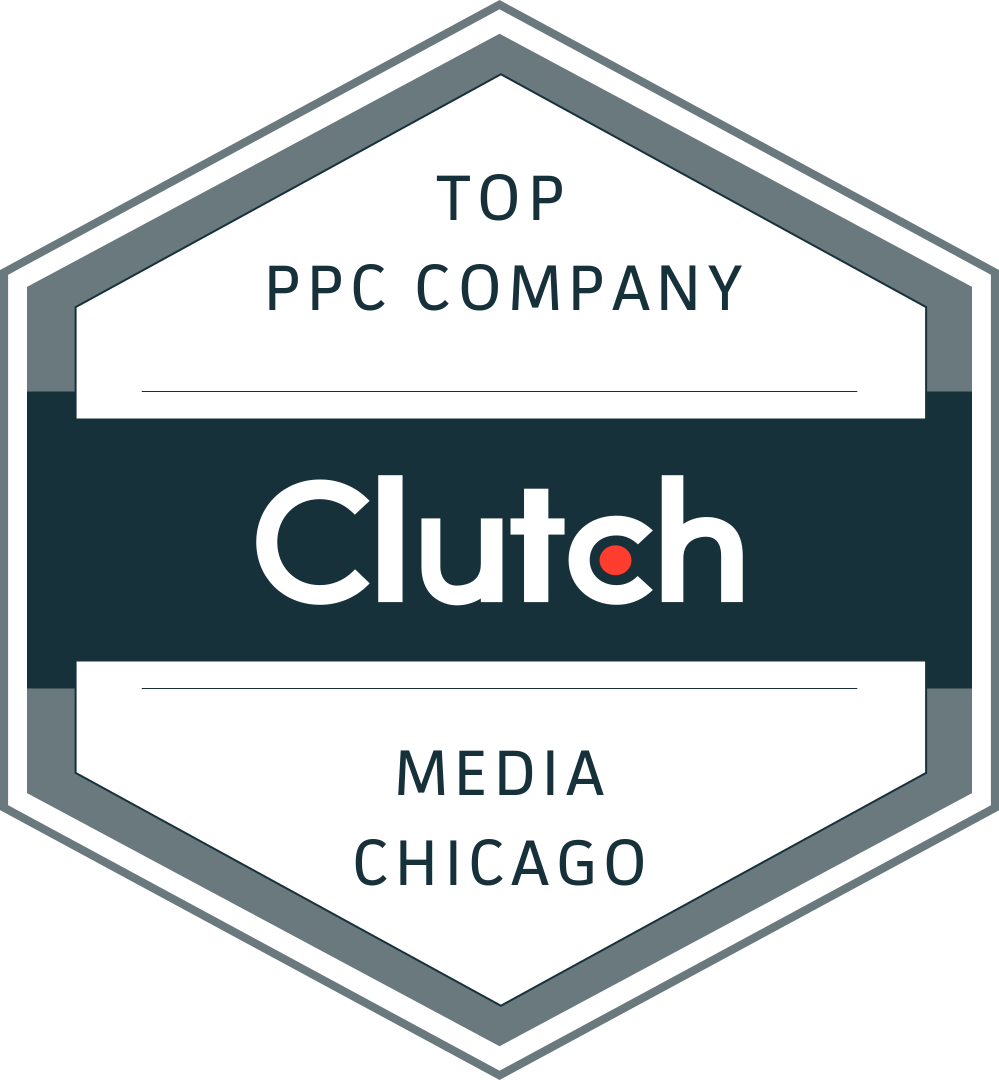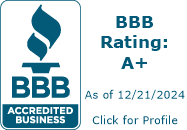Long-tail keywords: Longer queries, typically those containing more than three words. Indicative of their length, they are often more specific than short-tail queries.
Search volume: The number of times a keyword was searched. Many keyword research tools show an estimated monthly search volume.
Seed keywords: The term we use to describe the primary words that describe the product or service you provide.
Transactional queries: The searcher wants to take an action, such as buy something. If keyword types sat in the marketing funnel, transactional queries would be at the bottom.
Meta descriptions: HTML elements that describe the contents of the page that they’re on. Google sometimes uses these as the description line in search result snippets.
Panda: A Google algorithm update that targeted low-quality content.
Title tag: An HTML element that specifies the title of a web page.
Schema: Code that “wraps around” elements of your web page to provide additional information about it to the search engine. Data using schema.org is referred to as “structured” as opposed to “unstructured” — in other words, organized rather than unorganized.
Guest blogging: Often used as a link building strategy, guest blogging involves pitching an article (or idea for an article) to a publication in the hopes that they will feature your content and allow you to include a link back to your website. Just be careful though. Large-scale guest posting campaigns with keyword-rich anchor text links are a violation of Google’s quality guidelines.
Link building: While “building” sounds like this activity involves creating links to your website yourself, link building actually describes the process of earning links to your site for the purpose of building your site’s authority in search engines.
Crawling: The process by which search engines discover your web pages.
Featured snippets: Organic answer boxes that appear at the top of SERPs for certain queries.
User Intent: In the context of SEO, intent refers to what users really want from the words they typed into the search bar.
Algorithms: A process or formula by which stored information is retrieved and ordered in meaningful ways.
Backlinks: Or “inbound links” are links from other websites that point to your website.
Internal links: Links on your own site that point to your other pages on the same site.
JavaScript: A programming language that adds dynamic elements to static web pages.
Anchor text: The text with which you link to pages.
Duplicate content: Content that is shared between domains or between multiple pages of a single domain.










